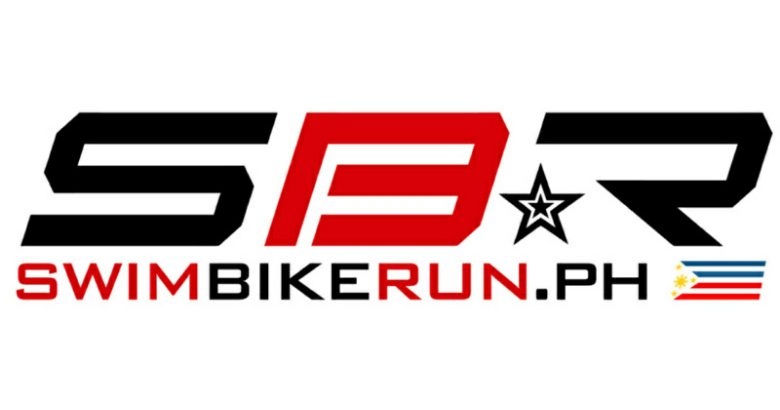Tips for Faster Triathlon Transitions


Newbie triathletes generally regard the transition area as a place to rest and regroup, a place to celebrate the completion of one leg of the race and prepare for the next. Sometimes, it feels like the gravity in transition areas is ten times normal with food, drink, sunscreen and friendly volunteers happy to chat. Out on the race course everybody is pushing forward in the same direction but in the transition area, athletes are milling around in all directions and the sense of racing can disappear.
How many hours of swim practice would it take to lop two minutes off your swim time? Probably hundreds, maybe even thousands. How many hours of transition practice would it take to lop two minutes off your transition time? Maybe only one! Many triathletes are so focused on swim, bike and run splits they forget the clock is still running in the transition area. Every second counts. Transition practice isn’t as fun as running but it is a good investment of your training time. Triathletes looking to win need to shift their entire mental focus and integrate the transition seamlessly into their race. The transition is not a rest area but a place to speed in and out of, in the fastest time, with the least energy.
Here are the top ten tips for a fast transition:
Practice your plan – Have a plan of exactly what you are going to do and practice it over and over again until you are fast with no mistakes. Practice it physically several times over in training and then rehearse it mentally several times on race morning. By the time you are in transition in during race you should be moving on autopilot. Never try something new on race day.
Be a minimalist – The fewer tasks you have to do in the transition area, the faster you will go. Skip the socks and get rid of anything you don’t absolutely need. Clutter will slow you down.
Bike shoes in the pedals – Coasting down the course at 15 miles per hour while you put your feet in your shoes will move you far ahead of your buddy sitting on his butt in T1 doing the same task. Set your bike up in the transition area with your shoes attached to the pedals and rubber bands looped between the heels and frame holding them horizontal. On leaving T1, pedal with your feet on top of your shoes. Once you are cruising at speed, coast and slip your feet into your shoes. Keep your eyes ahead on the road, not down on your feet. On the return, slip your feet out of your shoes before you reach T2. Learn this skill first on an indoor trainer before taking it out on the open road.
Run with your bike – The distance from rack to mount line can be considerable at large triathlons. By running safely and quickly with your bike, it is easy to fly over this distance. Run upright with good form on the left side of your bike holding your seat with your right hand. Left arm swings by your side. Hold the bike upright to go straight and lean it to the side to turn. Practice in an empty parking lot.
Speed over the mount / dismount line – Learn a cyclocross mount / dismount to cruise over this line without losing any momentum. In the race you will be doing this in bare feet but initially learn and practice this skill wearing running shoes.
Attach your stuff to your bike – Handling small items sucks up time. Everything you need on the bike course should be attached to your bike. Tape gels to the frame, water bottles should already be on board, sunglasses looped to a cable, spare tube in a seat pack and CO2 cartridge taped to the seat post.
One outfit for all occasions – Start the swim with your full bike/run outfit under your wetsuit. A one piece tri-suit is ideal. Any clothing changes will add lots of time.
Navigation – Have you ever come out of a different mall door at Christmas time and had trouble finding your car? You can have a similar experience in a large transition area. Note where your rack spot is and how to find in from the swim exit and bike entrance. From your rack, know where the bike and run exits are and the quickest route to them.
Speed laces and baby powder – Tying your running shoe laces in a bow takes time. Eliminate this step using lace locks or speed laces. To help your feet slide smoothly into your running shoes, prime them with a sprinkling of baby powder.
Grab and go – In T2, grab what you need and go. Put on your hat and fuel belt while you are running. It is always faster to complete your tasks moving down the course rather than standing in front of your rack.
Source: LWCoaching









